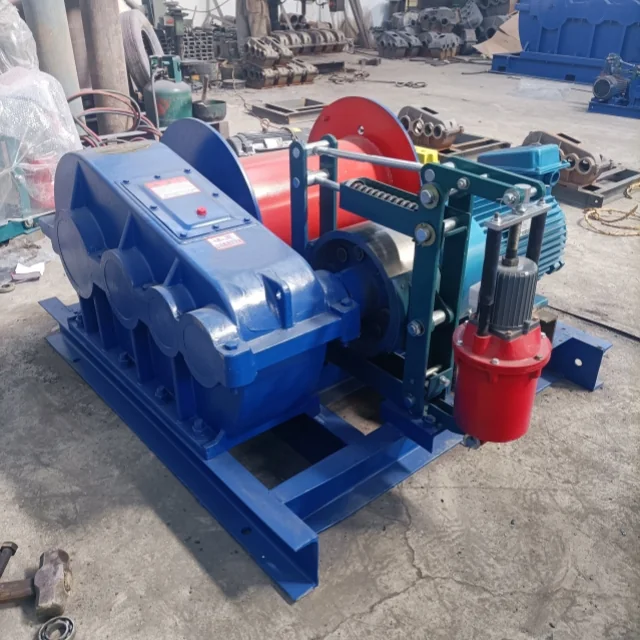Introduction
For industrial operations where material precision directly impacts product quality and cost efficiency, achieving ≤1% batching accuracy isn’t just aspirational—it’s a measurable target. This guide breaks down a systematic approach combining hardware selection, process re-engineering, and validation protocols to minimize measurement errors. Whether you’re handling aggregates in construction machinery or raw materials in manufacturing, these strategies align with industry-tested methods to enhance repeatability and reduce waste.
Precision Measurement System Architecture
Sensor Selection Criteria for Material Variability
Not all sensors handle material diversity equally. For powders, capacitive sensors excel in detecting density changes, while ultrasonic sensors suit coarse aggregates prone to bridging. Key selection factors:
- Material Properties: Particle size, moisture content, and flowability dictate sensor type.
- Environmental Tolerance: Dusty or humid environments require IP67-rated sensors.
- Response Time: High-speed batching demands sensors with <50ms latency.
Did you know? Over 60% of measurement errors in industrial batching trace back to mismatched sensor-material pairings.
Calibration Interval Algorithm Design
Static calibration schedules fail to account for sensor drift. Implement dynamic intervals based on:
- Usage Frequency: Heavy-use sensors (e.g., in 24/7 operations) need monthly checks.
- Historical Drift Data: Machine learning models can predict degradation patterns.
- Material Abrasiveness: Silica-rich materials wear sensors faster, necessitating shorter intervals.
Pro Tip: Pair sensors with onboard diagnostics (like those in Garlway’s winch systems) to automate calibration alerts.
Process Flow Re-engineering
Dual-Door Feed Control Logic Optimization
Sequential gate systems reduce "overpour" errors. Best practices:
- Coarse Phase: Primary gate opens 80% to allow rapid filling.
- Fine Phase: Secondary gate modulates at 5% increments via PID control.
- Deadband Adjustment: Set a 0.3–0.5% buffer to prevent gate oscillation.
Case Study: A cement plant reduced overfilling by 72% after implementing phased gate controls.
Coarse-Fine Measurement Phase Transition Rules
Transition timing impacts accuracy. Use these triggers:
- Weight-Based: Shift to fine phase at 90% of target weight.
- Flow Rate: Trigger transition when flow drops below 10 kg/s.
- Time Threshold: Fallback to fine mode after 8 seconds of coarse feeding.
Ever wondered why some systems overshoot despite accurate sensors? Often, it’s poorly tuned phase transitions.
Validation & Continuous Improvement
Statistical Process Control (SPC) Implementation
SPC charts reveal systemic errors. Track:
- Cpk Values: Aim for ≥1.33 to ensure process capability.
- Moving Range Charts: Detect sudden deviations (e.g., sensor faults).
- Batch-to-Batch Variability: Use ANOVA to compare material lots.
Example: A Garlway client reduced batch CV (coefficient of variation) from 1.8% to 0.7% with SPC.
Maintenance Strategy for Sustained Accuracy
Preventive maintenance beats reactive fixes. Schedule:
- Daily: Inspect gate seals and sensor lenses.
- Weekly: Verify load cell zero-point stability.
- Quarterly: Re-torque mechanical linkages to prevent misalignment.
Toolkit Recommendation: Use vibration analysis tools to detect early wear in conveyor components.
Conclusion: From Theory to Action
Achieving ≤1% accuracy hinges on three pillars: precision hardware, smart process design, and relentless validation. Start by auditing your current sensor portfolio and phase transition logic, then integrate SPC for data-driven refinements. For industries relying on heavy machinery like Garlway’s winches, these steps ensure material efficiency and operational longevity.
Next Steps:
- Conduct a sensor-material compatibility audit.
- Pilot phased gate controls in one batching line.
- Train teams on SPC chart interpretation.
Precision isn’t accidental—it’s engineered.


